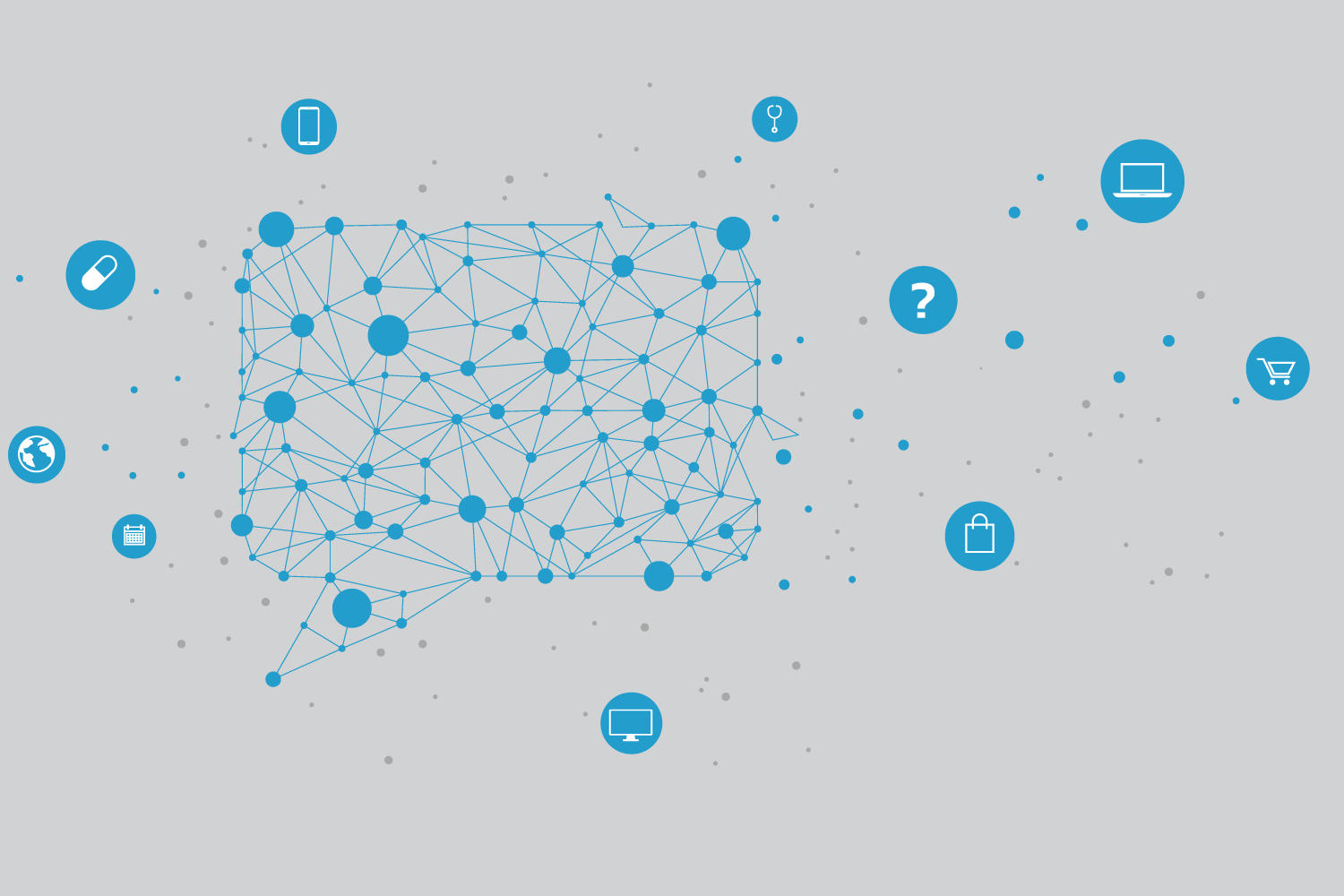In recent years, call centers across the country have undergone a significant transformation, largely due to the integration of call automation, and other evolving technology like chatbots, into their operational frameworks. These technological advancements have revolutionized customer service by enabling businesses to offer 24/7 support, reducing wait times, and improving overall efficiency. Call Automation, which includes Interactive Virtual Agents, streamlines the process by directing calls to the appropriate department or providing automated responses to common inquiries, allowing human agents to focus on more complex issues. This integration of technology not only enhances the customer experience by providing immediate and accurate responses but also optimizes operational costs for businesses.
Moreover, the application of call automation in call centers signifies a shift towards a more data-driven approach to customer service. By analyzing interactions, businesses can identify patterns, preferences, and pain points, enabling them to tailor their services to better meet customer needs. As these tools continue to “get smarter”, their ability to learn from interactions and adapt to changing customer behaviors promises to further enhance their effectiveness.
For Human Services agencies and state-based exchanges, this technology has not yet been widely adopted. Nevada Health Link is the first exchange to have CMS approval for use of AI-based Interactive Virtual Agents to enhance the customer service experience. The state worked collaboratively with the CMS and GetInsured security teams for several months to ensure that all federal privacy and security requirements were met.
A look at Interactive Virtual Agents in Nevada
In the case of Nevada Health Link during plan year 2024 open enrollment, 2,700 calls, or 15% of calls were completed by the virtual agent. This saved call center representatives from spending time on account administration tasks such as resetting usernames or passwords, activating accounts, unlocking accounts, uploading documents, and assisting with enrollment cancellations. Additionally, 2,100 calls, or 9.6% of calls, were automatically transferred via the Interactive Virtual Agent, predominantly to affiliated brokers, carriers, or Medicaid as appropriate.
This technology can be extended to call centers in other Health and Human Services (HHS) agencies such as Medicaid, SNAP, and TANF, providing representatives with the added capacity they need to reduce wait times and better serve individuals and families.
As the digital landscape continues to evolve, the integration of call automation within HHS call centers represents a pivotal shift towards more efficient, secure, and user-centric service delivery. The success stories from pioneering states like Nevada showcase the significant potential of these technologies to enhance customer experience and operational efficiency. By embracing AI and Interactive Virtual Agents, these call centers not only streamline the process of managing inquiries and applications but also set a new standard in safeguarding personal information and ensuring compliance with stringent privacy regulations. The journey of integrating advanced technology is just beginning, with the promise of transforming how consumers interact with government services. Looking ahead, the continued refinement and adoption of these tools will undoubtedly play a crucial role in enabling Human Services agencies to meet the growing demands of their populations, ensuring that everyone has timely access to the information and services they need. This marks an exciting era of innovation and improvement in public service delivery, where technology is harnessed to create a more accessible, efficient, and secure health care landscape for all.






